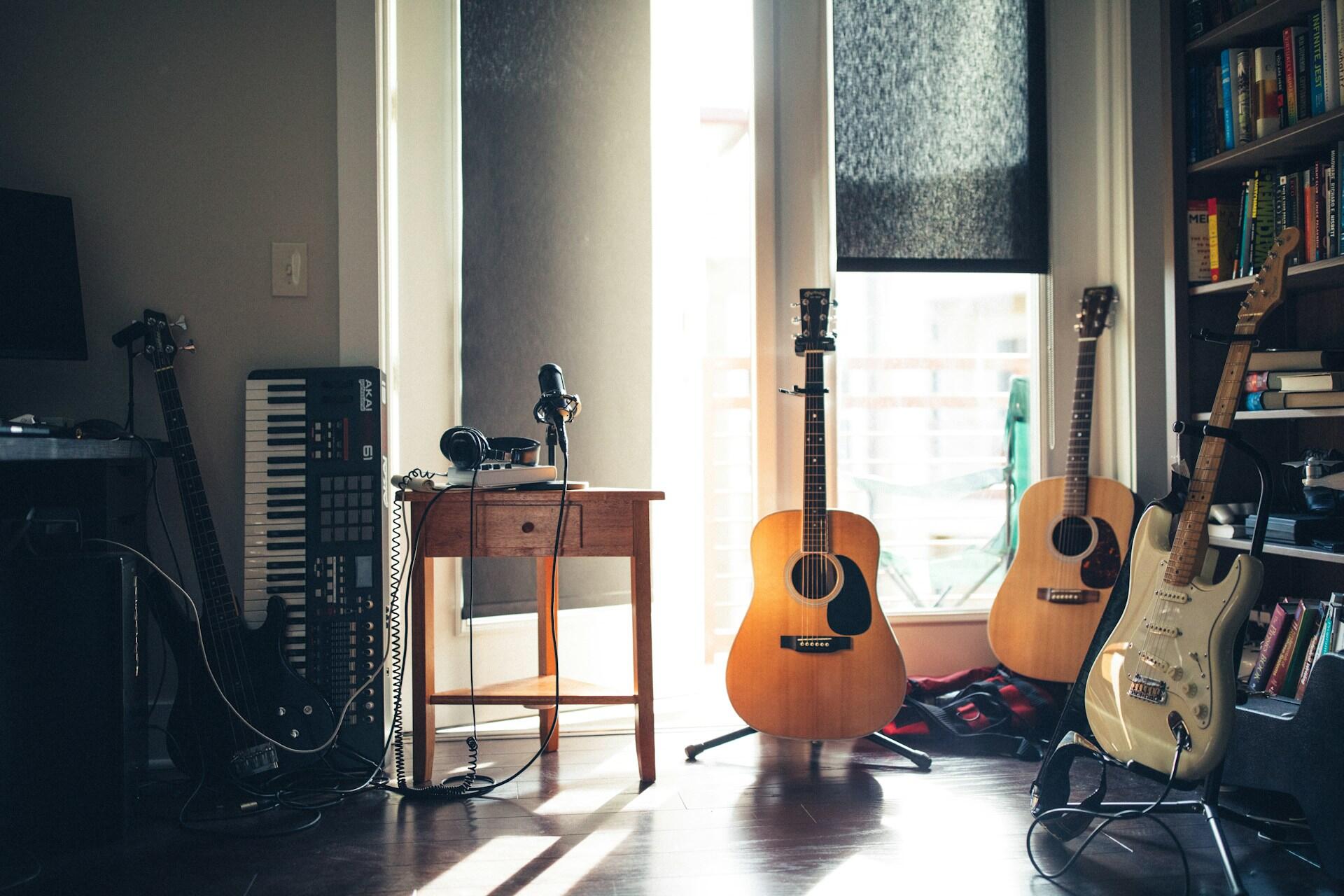The guitar is hands down one of the most loved instruments out there. From jazz and country to flamenco and pop, it’s played all over the world and has a pretty amazing history. With its iconic design and sound, it’s no surprise the guitar has a starring role in so many musical styles and cultures.
This quiz is here to challenge what you know about guitars - how they’re built, how they’re played, and the legends who made them famous. Whether you’re just getting started, studying music, or already a pro, it’s time to tune up your brain and see what you’ve got!
Good luck and try not to hit any wrong notes!
Quiz
Quiz :
The Invention of the Guitar
The guitar’s roots go way back, it belongs to a family of plucked string instruments called chordophones, which have been around since ancient times. Think ancient Egyptians, Greeks, and Romans playing early versions of lyres and zithers.
But the guitar we know today—the classical or acoustic guitar—really started to take shape during the Renaissance and Baroque periods (between the 15th and 17th centuries). The modern version, with its iconic figure-8 shape and six nylon or steel strings, was standardized in the 19th century by Spanish luthier Antonio de Torres Jurado.
A luthier is someone who builds and repairs stringed instruments like guitars, violins, and lutes. The word comes from the French word luth, meaning lute—which is fitting, considering Canada's strong French heritage, especially in Quebec, where fine lutherie still thrives today.
Over time, the guitar evolved into what we know and love, and by the 20th century, it had gone global. In North America (especially in the U.S. and Canada) the guitar became central to folk, country, and pop music scenes. Here in Canada, it’s played a huge role in shaping sounds from Gordon Lightfoot’s acoustic ballads to Neil Young’s rock anthems.
The materials used to make guitars, like mahogany, rosewood, or spruce, ultimately affect the sound and feel of the instrument. That’s why some guitars are super light, while others pack a weighty, resonant punch.
Then came the electric guitar revolution. Starting in the 1920s, musicians started tinkering with magnetic pickups to make their guitars louder, ideal for cutting through the sound of big bands and orchestras. Fast-forward to 1950, and Leo Fender’s Telecaster changed everything. Soon after, Gibson launched the Les Paul, setting the stage for decades of innovation and iconic guitar sounds.
🎸 Want to dive deeper? Check out some of the best guitar solos of all time! 🎸
By the '50s and '60s, both acoustic and electric guitars were symbols of pop culture, counterculture, and youth rebellion. Artists like Chuck Berry, Jimi Hendrix, Eric Clapton, and Jimmy Page turned the electric guitar into a cultural icon.
And in Canada? We’ve got our legends too, like Randy Bachman, Bruce Cockburn, and Liona Boyd, each with their own take on what the guitar can do.
Today, the guitar is more than just an instrument, it’s a tool for self-expression, accessible to just about anyone. Whether you’re playing in your garage or on a festival stage, the guitar continues to shape music and bring people together around the world.

















